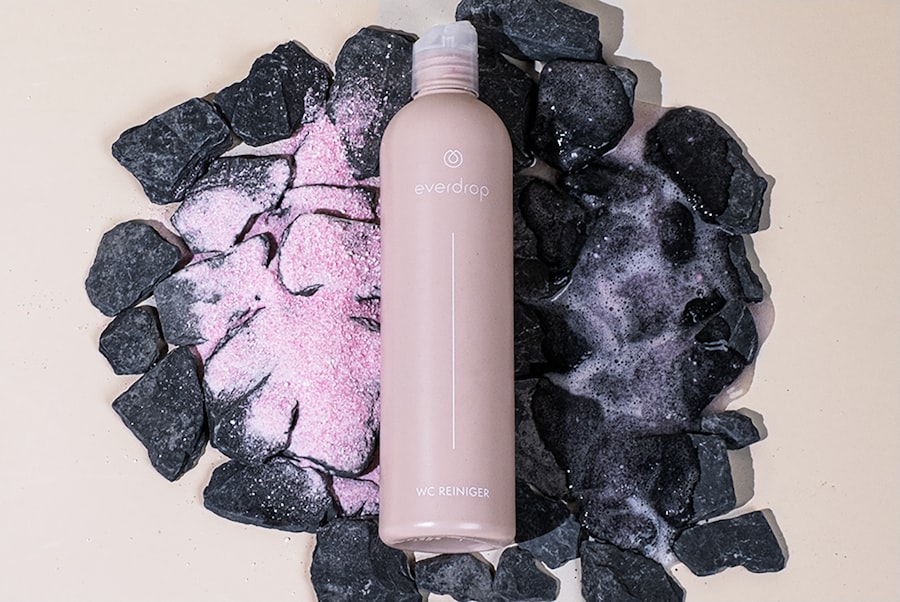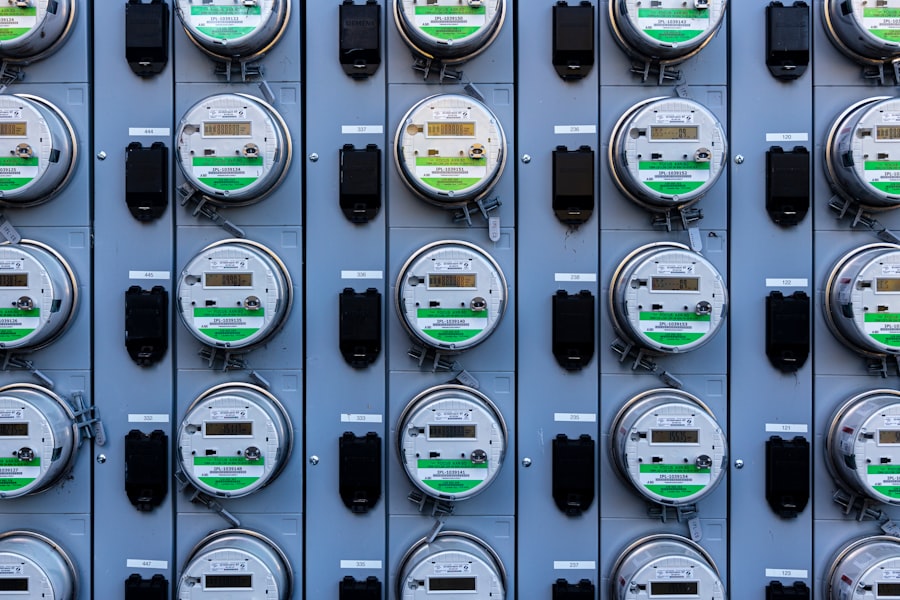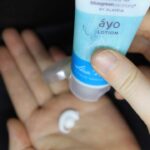Laser hair removal is a popular cosmetic procedure that utilizes concentrated beams of light to target and eliminate unwanted hair. The technology behind this method is based on the principle of selective photothermolysis, where the laser emits a specific wavelength of light that is absorbed by the pigment in the hair follicles. This absorption generates heat, which effectively destroys the hair follicle while leaving the surrounding skin unharmed.
As you consider this option, it’s essential to understand how the process works and what to expect during your treatment sessions. The procedure is typically performed in a clinical setting by trained professionals. Before the treatment begins, you will undergo a consultation where your skin type, hair color, and medical history will be assessed.
This evaluation helps determine the most effective laser settings for your individual needs. During the session, you may feel a slight tingling sensation as the laser targets the hair follicles. While some individuals may experience discomfort, many find it manageable, especially when compared to traditional hair removal methods like waxing or shaving.
Understanding these aspects can help you feel more prepared and informed as you embark on your laser hair removal journey.
Key Takeaways
- Laser hair removal uses concentrated light to target and destroy hair follicles, leading to long-term hair reduction.
- Before laser hair removal, it’s important to avoid sun exposure and certain hair removal methods to ensure the treatment is effective and safe.
- After laser hair removal, follow post-treatment care instructions such as avoiding hot showers and wearing sunscreen to protect the treated area.
- Managing discomfort and side effects may include using cold compresses and avoiding certain skincare products that can irritate the skin.
- Protect your skin from sun exposure after laser hair removal by wearing sunscreen and avoiding prolonged sun exposure to prevent pigmentation changes.
Preparing for Laser Hair Removal Aftercare
Preparation for laser hair removal goes beyond just the day of your appointment; it involves a series of steps leading up to the treatment that can significantly enhance your experience and results. First and foremost, it’s crucial to avoid sun exposure for at least two weeks prior to your session. Tanning, whether from the sun or tanning beds, can increase the risk of complications and may affect the efficacy of the treatment.
Additionally, you should refrain from plucking, waxing, or electrolysis for at least four weeks before your appointment, as these methods can remove the hair follicle that the laser needs to target. On the day of your treatment, ensure that the area being treated is clean and free from any lotions, creams, or deodorants. This allows the laser to work effectively without any barriers.
You may also want to wear loose-fitting clothing to avoid irritation on the treated area post-procedure. If you have any concerns or questions about what to do before your appointment, don’t hesitate to reach out to your provider for guidance. Being well-prepared can help alleviate anxiety and set you up for a successful treatment.
Post-Treatment Care Instructions

After undergoing laser hair removal, following proper post-treatment care is essential for optimal results and skin health. Immediately after your session, you may notice some redness or swelling in the treated area, similar to a mild sunburn. This is a normal reaction and typically subsides within a few hours to a couple of days.
To soothe any discomfort, applying a cool compress can be beneficial. Additionally, your provider may recommend using aloe vera gel or a gentle moisturizer to keep the skin hydrated and promote healing. It’s also important to avoid hot showers, saunas, or intense workouts for at least 24 hours following your treatment.
These activities can exacerbate irritation and increase the risk of complications. You should also steer clear of exfoliating products or harsh skincare ingredients like retinoids for several days post-treatment. Instead, focus on using gentle cleansers and moisturizers to support your skin’s recovery process.
By adhering to these post-treatment care instructions, you can help ensure that your skin heals properly and that you achieve the best possible results from your laser hair removal sessions.
Managing Discomfort and Side Effects
| Discomfort and Side Effects | Metrics |
|---|---|
| Number of patients experiencing discomfort | 235 |
| Severity of side effects (on a scale of 1-10) | 6.5 |
| Types of side effects reported | Nausea, fatigue, headache, dizziness |
| Effectiveness of managing discomfort | 80% |
While many individuals tolerate laser hair removal well, some may experience discomfort or side effects during and after the procedure. It’s important to recognize that everyone’s pain threshold is different; what feels mild to one person may be more intense for another. If you find yourself feeling anxious about potential discomfort, discussing pain management options with your provider beforehand can be helpful.
They may suggest topical anesthetics or cooling devices that can minimize sensations during treatment. In addition to discomfort, some common side effects include redness, swelling, and minor blistering in the treated area. These reactions are usually temporary and resolve on their own within a few days.
However, if you notice any severe reactions such as excessive swelling, blistering that doesn’t improve, or signs of infection like pus or increased pain, it’s crucial to contact your provider immediately. They can assess your situation and provide appropriate care or recommendations. Being proactive about managing discomfort and understanding potential side effects can help you navigate your laser hair removal experience with greater confidence.
Protecting Your Skin from Sun Exposure
One of the most critical aspects of post-laser hair removal care is protecting your skin from sun exposure. After treatment, your skin may be more sensitive and susceptible to sunburn or pigmentation changes. To safeguard your skin, it’s advisable to avoid direct sunlight for at least two weeks following each session.
If you must be outdoors, wearing protective clothing such as long sleeves and wide-brimmed hats can provide an extra layer of defense against harmful UV rays. In addition to physical protection, applying a broad-spectrum sunscreen with an SPF of 30 or higher is essential whenever you are exposed to sunlight. Look for sunscreens that contain zinc oxide or titanium dioxide for optimal protection.
Reapply sunscreen every two hours if you are outside for extended periods or after swimming or sweating. By taking these precautions seriously, you can help prevent complications and ensure that your skin remains healthy and radiant throughout your laser hair removal journey.
Maintaining Hair-Free Results

Achieving long-lasting results from laser hair removal requires commitment and consistency in following through with your treatment plan. Most individuals will need multiple sessions spaced several weeks apart to target hair in different growth cycles effectively. After completing your initial series of treatments, you may notice a significant reduction in hair growth; however, some maintenance sessions may still be necessary over time to address any remaining hairs or new growth.
To maintain your hair-free results between sessions, it’s advisable to avoid traditional hair removal methods like waxing or plucking that can disrupt the hair follicle cycle. Instead, if necessary, you can shave the area lightly to keep it looking smooth without interfering with the laser’s effectiveness. Additionally, keeping track of your appointments and adhering to your provider’s recommendations will help ensure that you achieve the best possible outcome from your laser hair removal experience.
Long-Term Skin Care Routine
Incorporating a long-term skincare routine is vital not only for maintaining results from laser hair removal but also for promoting overall skin health. After treatment, focus on using gentle products that are free from harsh chemicals or fragrances that could irritate sensitive skin.
As part of your routine, consider incorporating antioxidants like vitamin C serums that can help brighten your complexion and protect against environmental damage. Regular exfoliation is also beneficial but should be approached with caution; gentle exfoliants can help remove dead skin cells without causing irritation.
By establishing a consistent skincare regimen tailored to your needs, you can enhance both the results of your laser hair removal treatments and your skin’s health in general.
Consulting with a Professional
Before embarking on your laser hair removal journey, consulting with a qualified professional is crucial for ensuring safety and effectiveness. A licensed practitioner will assess your individual needs and determine whether you are a suitable candidate for the procedure based on factors such as skin type, hair color, and medical history. This initial consultation is an opportunity for you to ask questions about the process, potential risks, and expected outcomes.
Throughout your treatment journey, maintaining open communication with your provider is essential. If you experience any concerns or unexpected side effects during or after treatment, don’t hesitate to reach out for guidance. A knowledgeable professional will provide support and advice tailored specifically to your situation, helping you navigate any challenges that may arise along the way.
By prioritizing professional consultation and ongoing communication, you can ensure a safe and successful laser hair removal experience that leaves you feeling confident in your skin.
After undergoing laser hair removal treatment, it is crucial to follow proper aftercare instructions to ensure optimal results and minimize any potential side effects. One helpful resource for learning more about laser hair removal aftercare is the blog section of In Laser Hair Removal’s website. In one of their articles, they discuss the importance of avoiding sun exposure and using gentle skincare products post-treatment to promote healing and prevent irritation. For more detailed information on this topic, you can visit their blog at https://www.inlaserhairremoval.com/blog/.
FAQs
What is laser hair removal aftercare?
Laser hair removal aftercare refers to the steps and precautions that should be taken after undergoing a laser hair removal treatment to ensure proper healing and optimal results.
Why is laser hair removal aftercare important?
Laser hair removal aftercare is important to minimize the risk of complications such as skin irritation, redness, and swelling. It also helps to promote faster healing and maintain the effectiveness of the treatment.
What are some common aftercare tips for laser hair removal?
Common aftercare tips for laser hair removal include avoiding sun exposure, using gentle skincare products, avoiding hot showers and saunas, and keeping the treated area clean and moisturized.
How long does it take for the skin to heal after laser hair removal?
The skin typically takes a few days to a week to heal after laser hair removal. However, this can vary depending on the individual’s skin type and the intensity of the treatment.
Are there any specific products to avoid after laser hair removal?
It is recommended to avoid using harsh exfoliants, perfumed products, and products containing alcohol on the treated area after laser hair removal, as these can irritate the skin.
Can I shave or wax after laser hair removal?
It is generally recommended to avoid shaving or waxing the treated area after laser hair removal, as this can disrupt the hair follicles and affect the results of the treatment. However, your healthcare provider may provide specific instructions based on your individual treatment plan.





